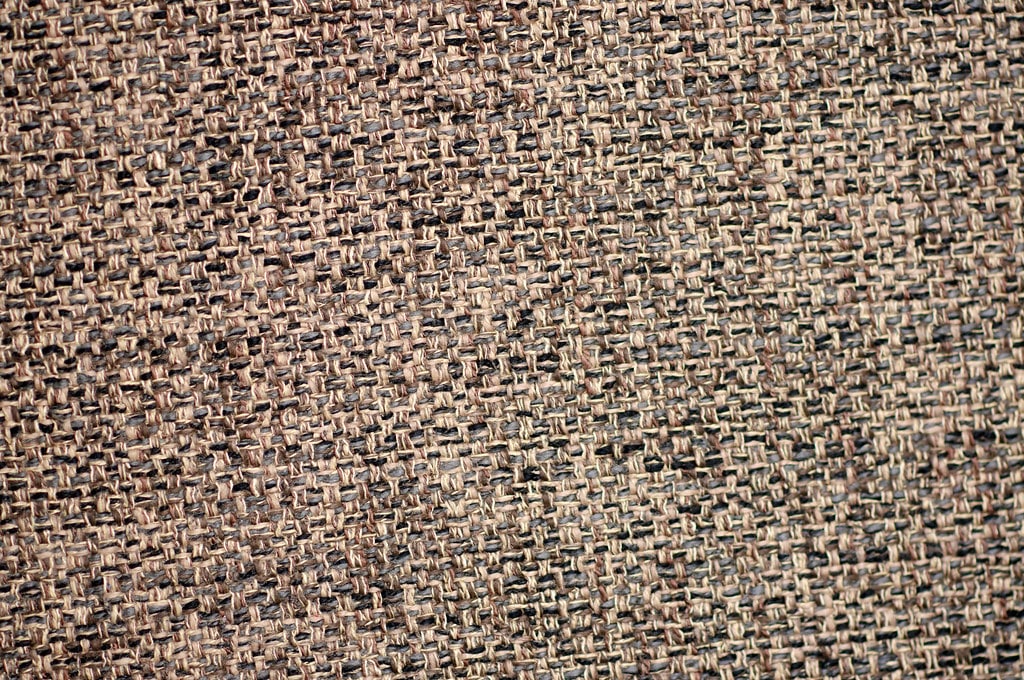Textophobia is the fear of a certain fabric, and it is just about one of the least known phobias.
The American Psychological Association only recognizes 100 phobias officially, but there are actually over 500 of them in real life.
Textophobia happens to be one of many uncommon phobias. Note that the fact that it’s not a common phobia doesn’t mean that it is some minor fear we’re discussing. It can be so intense that it disrupts the life of the sufferer.
A person who has a fear of fabric texture or textophobia is called a textophobe.
We all have that fabric we really love. For instance, you may have a big can of silk sheets over traditional soft cotton.
Some fabrics naturally provide an enjoyable experience. However, some fabrics elicit an entirely different reaction.
A simple touch of such fabric can lead to profound fear. The condition that leads to such fear is known as Textophobia.
This experience may not be significantly different from the one associated with food.
There may be some textures of food that may either cause a gag reflex or even vomiting.
You must avoid offending objects like they were the plague in fabric and food.
Possible Causes of Textophobia
It is funny how the fear of fabric texture can be caused by things as simple as a rug burn or a rash from regular pressure against the skin.
In your childhood, there may have been particular clothing (say wool clothing, for instance) that you were expected to wear.
If you knew that each time you wore that piece of clothing, your skin would itch or become inflamed, it is very possible that you began to obsess about avoiding that particular fabric.
Once you continue to obsess about something you do not like, you may have developed a fear of that specific fabric.
As with most phobias, it is possible that the fear ‘rubs off’ from a person that we trust, love, and respect. This could be a sibling, parent, guardian, teacher, or neighbor.
Such a person’s struggle with an issue ( any issue at all, including fabric fear) may cause us to think or believe there is something to be afraid of with a particular type of fabric.
Symptoms of Textophobia
While a person with textophobia may not run from people wearing the type of fabric they are afraid of, they will be uncomfortable around the wearers.
They will do all they can to avoid contact with the fabric. Other symptoms of textophobia may also include:
- Trembling
- The feeling of being violated
- Air hunger
- Nausea
- Panic attack
- Crying
- Elevated heart rate
- Loss of control
Sometimes, something as simple as the touch of the fabric can take a person to a place and time they try hard to forget (such as where the fear first began).
This is mostly why other people may view the person with this phobia as irrational. These individuals may be unable to control their aversion without professional help.
How to Overcome Textophobia?

Since this irrational fear or phobia may be connected to a personally traumatic event or moment in time, the best possible way to overcome this phobia may be to get help via the assistance of a qualified therapist.
No person wants to deal with the panic and fear that can come with Textophobia.
Sometimes, there may even be a feeling of embarrassment in living with the knowledge that the texture or touch of fabric can elicit such a visual and dramatic reaction.
Finding out why the irrational fear exists can be quite helpful in coming to terms with the intense fear and then dealing with it whenever the phobia attempts to take over yet again.
Too often, people with a phobia will cling tightly to the deep fear instead of channeling all of that energy into positively fighting their fear while engaging in a period of personal healing.
There are many treatment methods for specific phobias, such as textophobia. These treatment methods include exposure therapy, cognitive behavioral therapy, and medications.
While your caregiver can prescribe the use of certain medications, you must bear in mind that no medicine has been designed for the treatment of textophobia or any other phobia.
Any medication you are advised to take will be for short-term use and to tackle some of the symptoms you are dealing with.
The best form of therapy for the treatment of textophobia is exposure therapy. In this treatment method, the therapist gradually exposes the textophobe to the object of their fear (which, in this case, is a particular texture of fabric) in a safe environment.
The entire exposure process is usually gradual, starting with something as subtle as imagining someone wearing the fabric or looking at a picture of the material.
The exposure process is done with the readiness and approval of the patient and will be complete once the patient is comfortable or fully recovered.
Exposure therapy may not be the best fit for every patient. This is why you must have a long and honest talk with your therapist to help them determine the best treatment method for you.
While therapy works most of the time, there is no certainty that your healing pace will be the same as that of someone else.
How fast you recover, or whether or not a specific method of treatment will work for you, is determined by you and how you respond.
Also noteworthy is that a single threat method may not be sufficient for every person.
This is why your therapist must study you to determine whether a combination of treatments will work best.
Final Thoughts
People with textophobia may be reluctant to seek help because they fear being tagged crazy or stigmatized.
However, seeking help for all kinds of phobias is important to improving one’s quality of life. As you seek professional assistance, loved ones can also provide emotional support.








